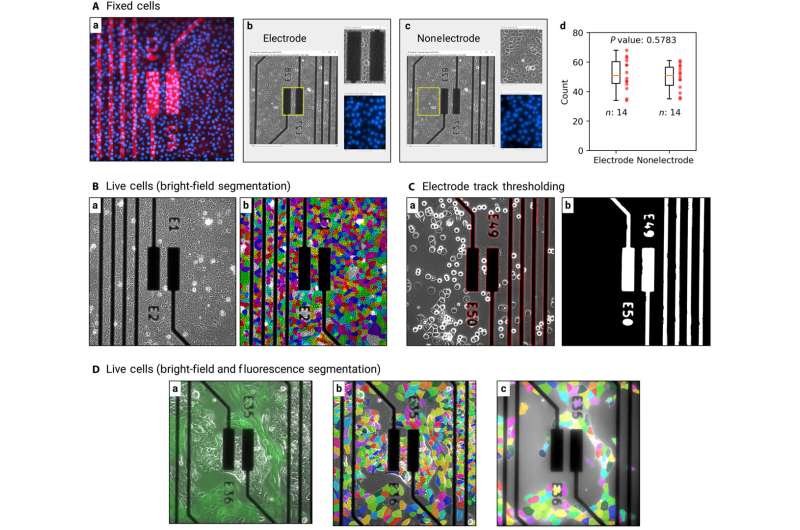The new methodology combines the use of microelectrode arrays, electrical impedance spectroscopy (EIS) that measures the characteristics of tissue surrounding the sensor, and predictive algorithms. The use of predictive algorithms allows for faster prediction, better resilience to noise, and recognition of complex data patterns when compared to traditional EIS analysis approaches. This new methodology is believed to be the first-ever use of EIS to enable quantitative real-time monitoring of cell spatiotemporal dynamics, or cell changes over time.
The research was a multi-year endeavor led by Sensome and École Polytechnique, in collaboration with the Center for Nanoscience and Nanotechnology (C2N). In the study, the team at École Polytechnique’s Hydrodynamics Laboratory (LadHyX) leveraged Sensome’s technology and exposed it to normal and cancerous breast epithelial cells, where it was able to accurately predict the spatiotemporal evolution of cell density, cell substrate coverage, mean cell diameter, and cell type in agreement with microscopy findings.

